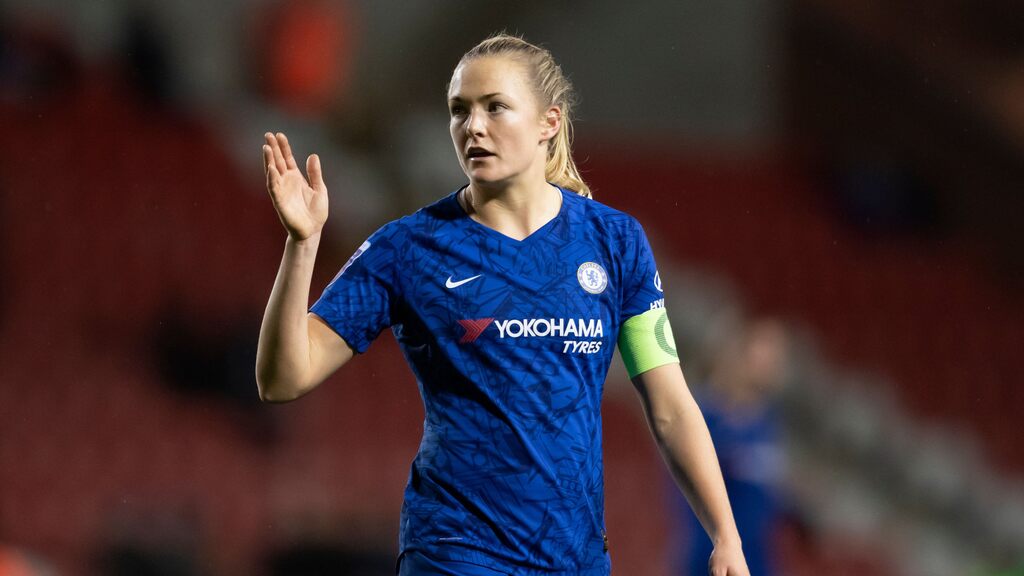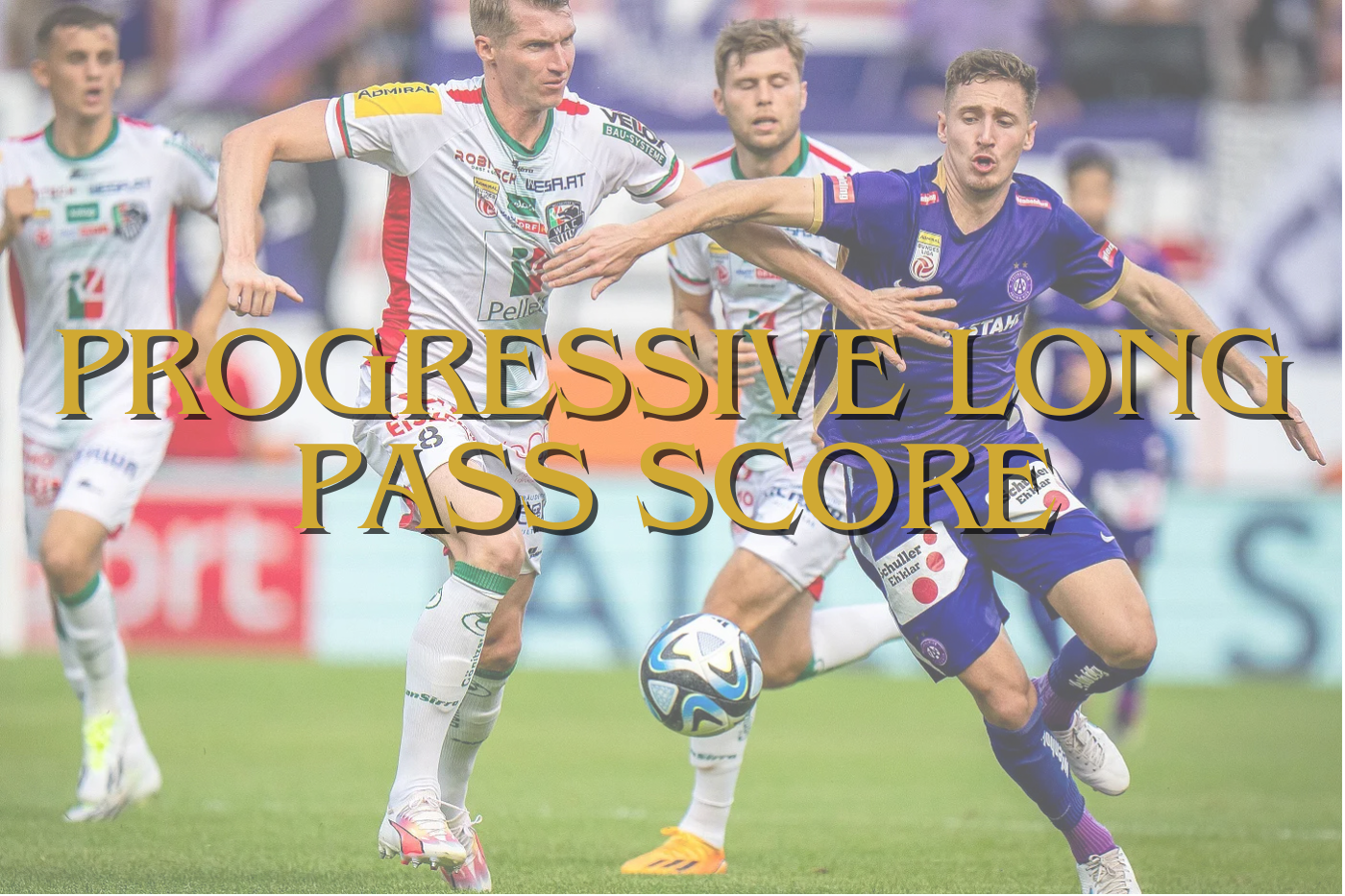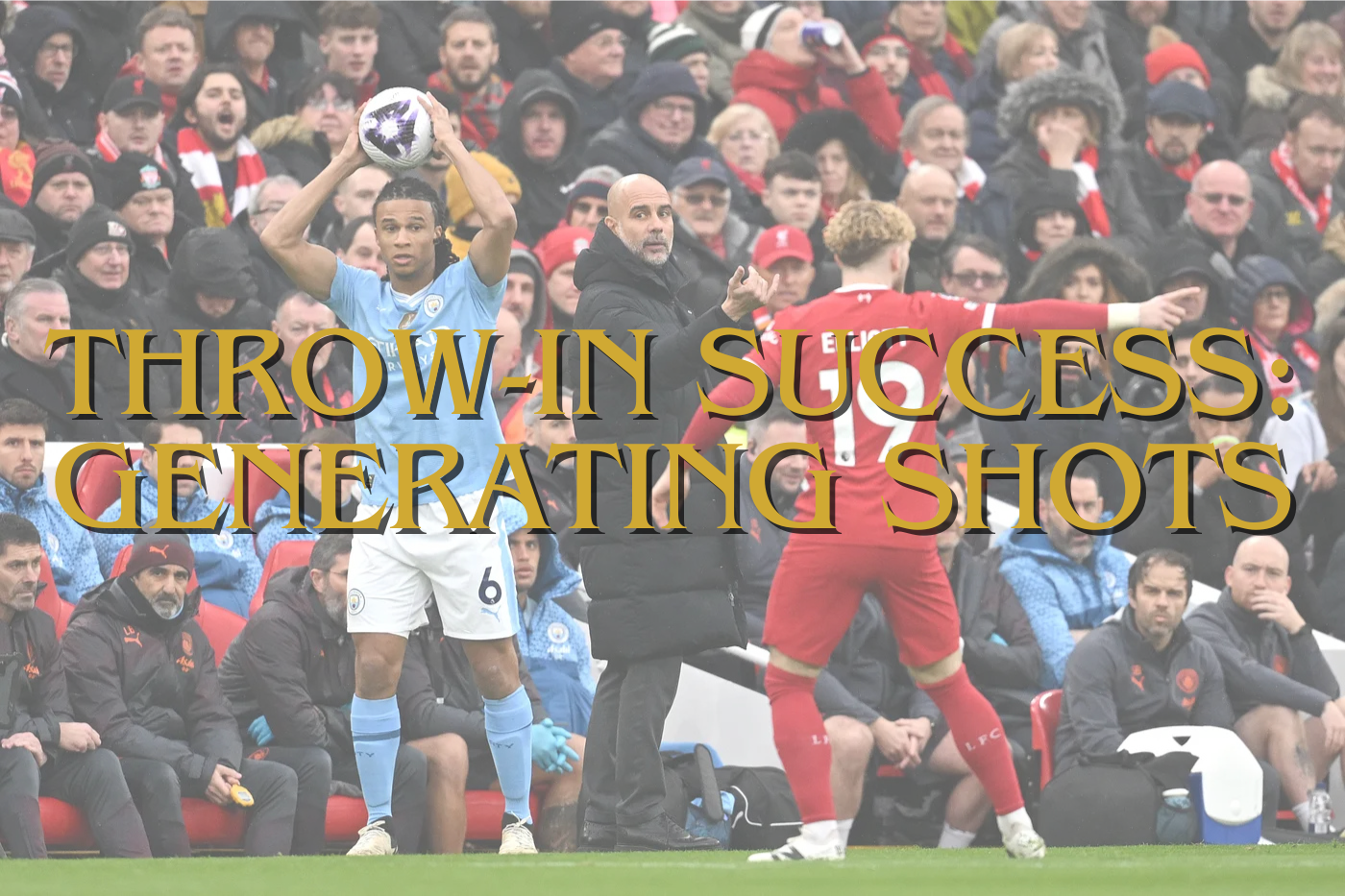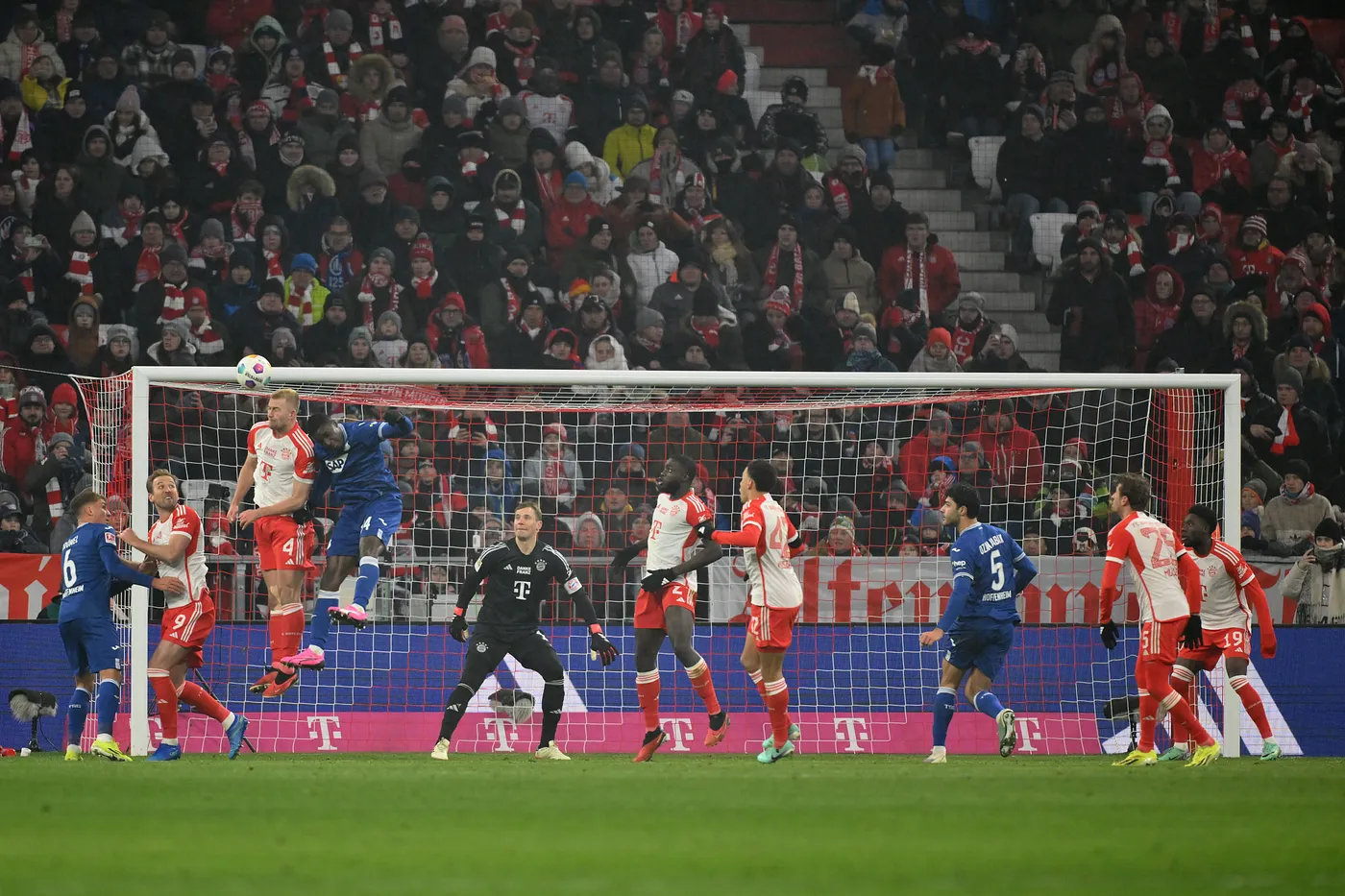In my opinion, what deserves more attention, is the way we scout/recruit central defenders. They aren’t as popular to write about as strikers, because goals add more to entertainment value – that’s also why it is harder, as you quantify their qualities in a different way. In my experience, it’s harder to look for a good central defender, but it’s incredbily satisfying to find the perfect fit for your team.
In this article I will not look at recruiting someone for a team, but I will look at what a good central defender can contribute to a team, with the idea that that certain profile can be used for recruiting a similar player. As an example I will look at Magdalena Eriksson, a central defender from Sweden playing for Chelsea Women.
In this analysis, I will use data and video to look at her performance in the WSL with Chelsea. The data has been retrieved from Wyscout and will contain the data from the year 2021, as the WSL hasn’t had many games in the current season, and therefore it won’t give us a good representation of the performances. The videos are from Wyscout and are from this particular season.
Defensive duels

In the graph above you can see how the central defenders performed in the defensive duels metric. This tells us how many times they engaged in a defensive duel and how high the percentage of wins was in those defensive duels per 90.
Magdalena Eriksson had 3,51 defensive duels per 90 in the 2020/2021 season with a win percentage of 64,79%. When comparing that to others in this specific position, she scores below average on both metrics. Now, this is not the whole story, because not every defender gets in the same position.
In the videos below you can see how she conducts herself in defensive duels during the current 2021/2022 season and what the consequence was of that.
In the videos above which only contain clips from the game against Manchester United, you see Eriksson marking hir direct opponent after which she engages in a defensive duel. She marks her opponent closely and when the ball comes to one of the attackers, she manages to get in front of the attacker with her head or one of her feet, in which she attempts to get the ball aways from the attack and give Chelsea the advantage in a possible transition.
Aerial duels

In the graph above you see the aerial duels per 90 vs aerial duels won in the 2020/2021 season in the WSL by central defenders. We use the metrics to measure aerial capability in terms of defending.
Magdalena Eriksson had 4,21 aerial duels per 90 in the 2020/2021 season with a win percentage of 61,18%. When comparing that to others in this specific position, she scores far above average on both metrics.
In the video below you can see a few aerial duels conducted by Eriksson.
Her aerial duels tell a lot about her strength in the air. She knows when to jump, times it correctly and uses her strength to win the aerial duels. Winning is one part of an aerial duel, but converting it into ball possession for your own team is even harder. In the examples above, she does very well.
Interceptions

In the graph above you see the metrics PAdj interceptions and PAdj tackles combined. They show us how many tackles and interceptions have been made by the specific players, while these stats have been possession adjusted.
As you can see, Eriksson does pretty well in the interceptions part of the graph with 8,29 interceptions. On the part of sliding tackles she scored below average with 0,23 sliding tackles. Interceptions tell us the story of anticipating an opposition’s action, while sliding tackles are the actions that are needed as a last resort.
Eriksson does really well with interceptions, as you can see in the videos above in the games against Arsenal and Manchester United. It isn’t only recognising where the pass will go, but also blocking passing lanes. It’s about stopping the opposition’s attack, but also about starting a transition – Eriksson does it well.
1v1
In the videos below we will look at the 1v1 situations Eriksson was in the WSL games of this season so far. We can see if she engages in a tackle or forces them to go to a less threatening situation.
Earlier, I had a look at the defensive duels and the interceptions, but in the examples above you see the 1v1 defences. In the first two videos we see that Eriksson marks closely to her direct opponent, but that does that too close to the opponent, which leads to the attacker gaining the advantage. Covering the ground is very hard for a player like Eriksson.
In the third video, this is different. She does keep er distance but forces the attacking to seek for an opportunity. Engaging in this situation will lead to 1 on 1 with the goalkeeper or giving away a free kick, which both could prove even more threatening.
Final thoughts
In the few examples above we have seen the defensive actions of Magdalena Eriksson both in the data and video. Magdalena Eriksson is a true leader and loves the physical confrontation with her direct opponent. This means that she is good in aerial duels, defensive duels on the ground and intercepting passes. This also means that the nature of her way of playing, can lead to spaces behind her which the opposition can utilise.







